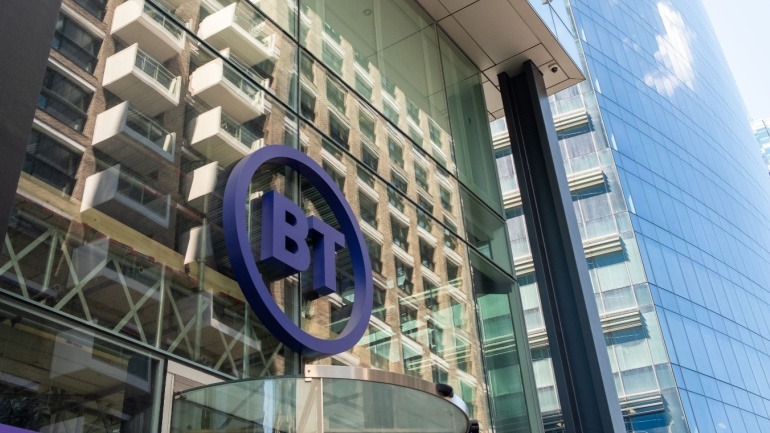BT has taken a significant step towards sustainable connectivity by deploying a novel mobile site in Shropshire, designed to harness renewable energy. This initiative is particularly notable as it marks an advancement in self-sustaining telecommunications infrastructure.
The site utilizes a combination of solar panels and a compact wind turbine to generate up to 70% of its energy requirements. This power is stored in on-site batteries, ensuring a steady supply even during calm or cloudy periods. Additionally, a backup generator fueled by Hydrotreated Vegetable Oil (HVO) ensures operational continuity if renewable power is insufficient.
The deployment promises a substantial economic benefit, with BT estimating an annual generation of 17,000kWh, resulting in an over £10,000 saving. These savings, coupled with reduced carbon footprint, underline the financial and environmental viability of such projects.
Greg McCall, BT Group’s Chief Networks Officer, stated, “Delivering ubiquitous coverage is critically important in an age where connectivity has never been so central to everyday life, but it absolutely must be done in a responsible and sustainable manner. It’s paramount that we increase the energy-efficiency of our networks, and so we’re really excited about the potential of self-powering sites in enabling us to meet both our sustainability and connectivity ambitions.”
The strategic importance of this site goes beyond cost and environmental considerations. By generating power locally, BT demonstrates the potential to deploy mobile sites in remote areas without relying on the national grid. This could revolutionize rural connectivity, bringing services to under-represented regions.
However, not all locations are suitable for similar deployments. The setup of wind turbines and solar panels demands additional permissions, site-specific conditions, and ongoing maintenance. As such, the current scope is limited to specific geographical areas, typically hilly or coastal which have favorable conditions for renewable energy generation.
Interestingly, Vodafone embarked on a similar path back in 2021. Their trials in Wales sought to combine solar and wind for mobile masts. The results of those trials have yet to be fully disclosed, but they hint at a wider industry trend towards renewable energy integration.







